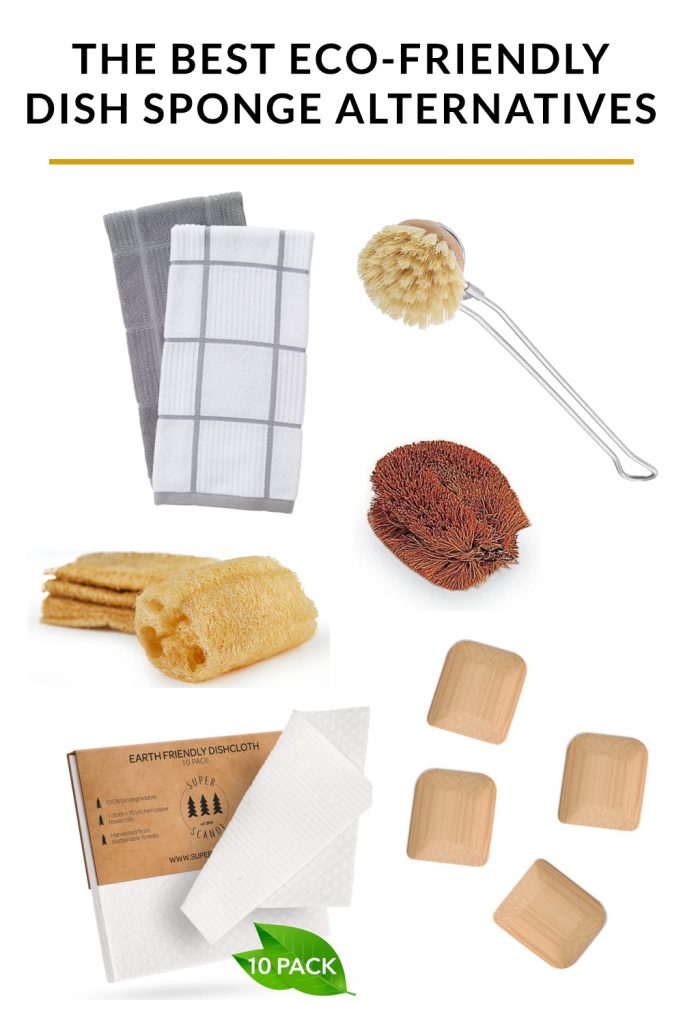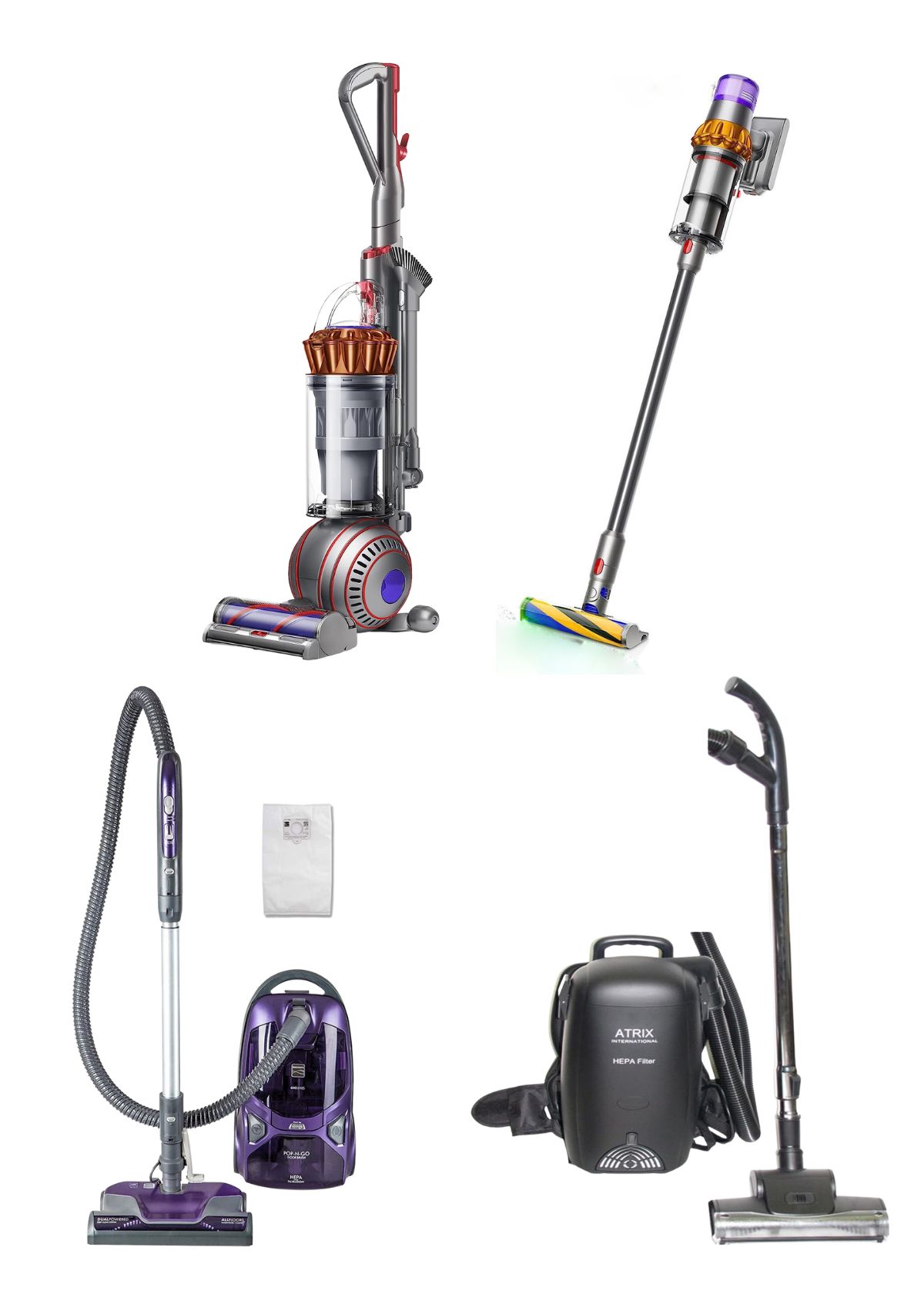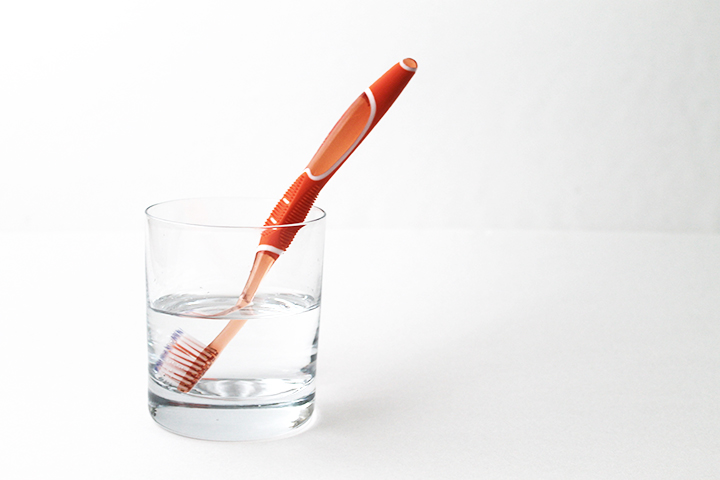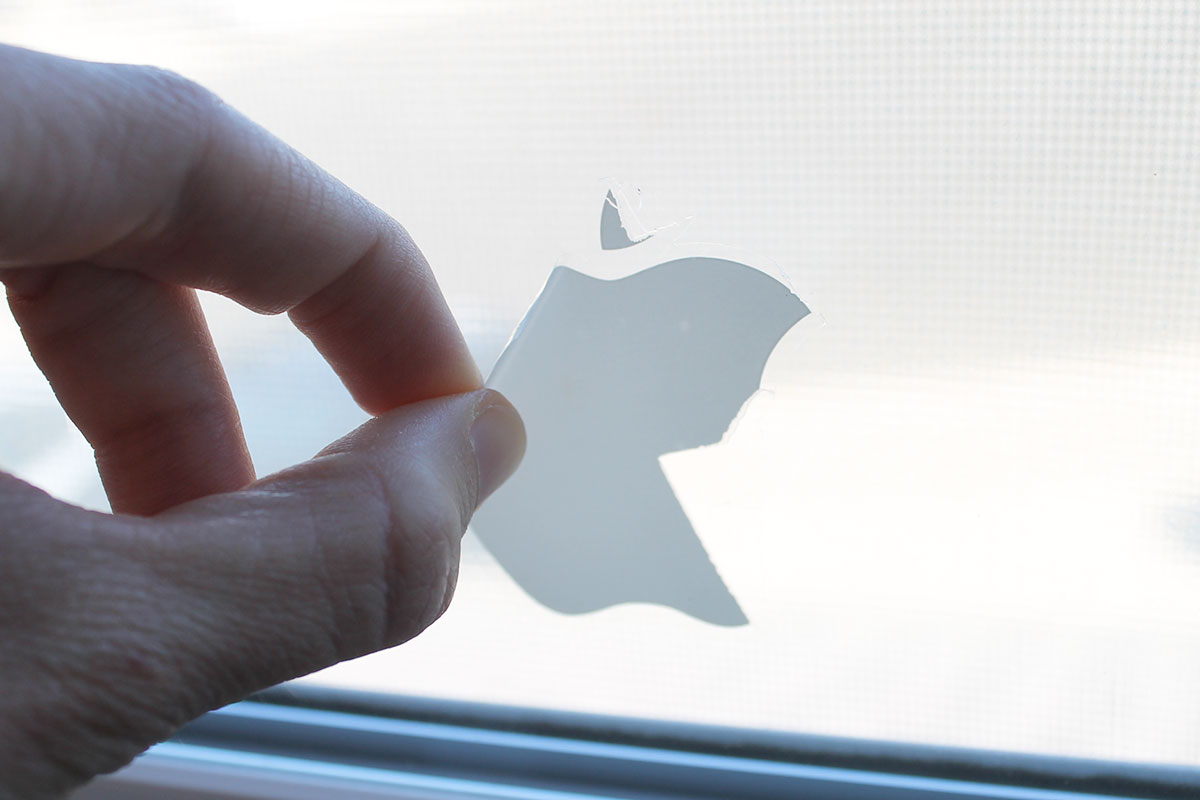Eco-Friendly Sponge Alternatives
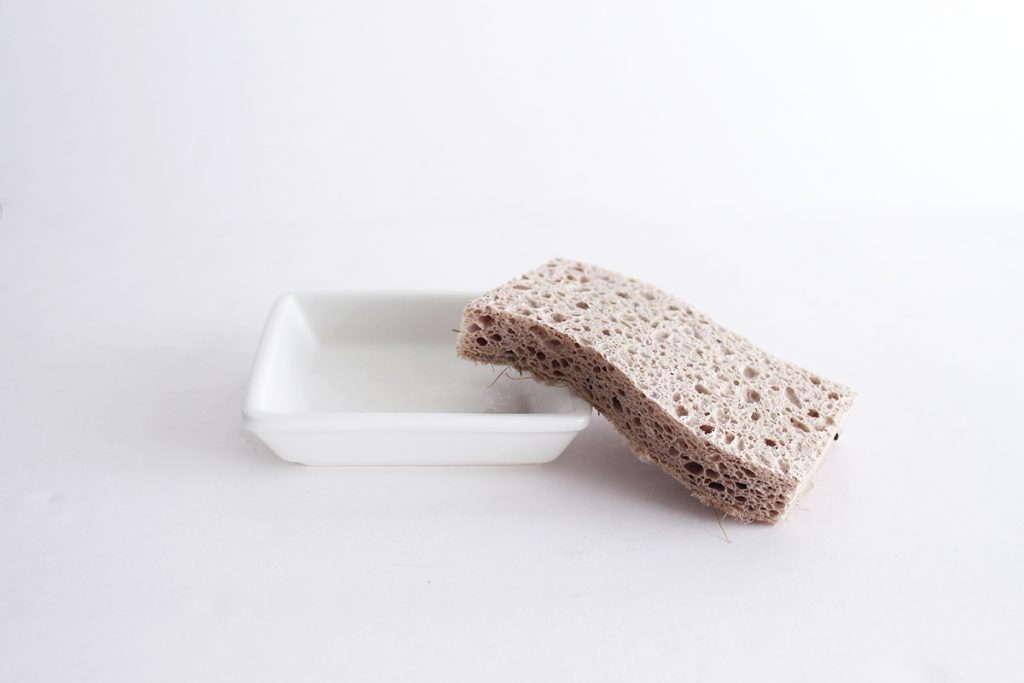
Here’s the thing – sponges are gross. While they work well to remove debris from your plates, cups, pots, and pans, they also quickly develop hundreds of species of bacteria. Even if you sanitize your sponge regularly, you are still best off replacing your conventional kitchen sponge once a week.
But if you’re washing dishes with a new sponge every week, you will be using (and throwing away) at least 52 sponges over the course of a year! That’s a LOT of unnecessary waste when there are fantastic, cleaner, eco-friendly sponge alternatives.
Eco-Friendly Sponge Alternatives
Instead of using kitchen sponges that are typically made from non-compostable and non-recyclable materials, consider eco-friendly sponge alternatives. The options listed below are long lasting, made from sustainable materials, and are arguably cleaner than using a traditional kitchen sponge.
Pair any of these options with low or zero waste dish soap to make your kitchen even more sustainable!
Cotton Dish Towels
To some, the idea of washing dishes with a towel will sound obvious. To others it might seem incredibly foreign! The reason I list cotton dish towels first is because most of us already own some that we could repurpose for dishwashing.
If wash dishes with a dish towel, make sure to replace it at least once a day with a clean one. Hang wet towels to dry completely between uses. At the end of the day toss the (dry) used towels in a dirty laundry bin.
Also don’t use a dishwashing towel for other cleaning purposes in your home or kitchen. I would use a second towel for wiping counters and surfaces and a third towel for wiping floor messes. Toss all three into your kitchen laundry at the end of the day!
European or Swedish Dishcloths
If you’re attached to the feeling of a sponge, then the Swedish dishcloth might be for you! Swedish dishcloths are typically made with cellulose and cotton, making them biodegradable (therefore compostable) at the end of their lifecycle.
I recommend dedicating one to dishes and a second to counters and surfaces. Grab a pack in multiple colors so it’s easy to determine which cloth should be used for each cleaning job.
You can use one of these dishcloths for up to 6 months. That is far longer than the single week of use you’ll get out of a regular kitchen sponge! Clean them regularly by adding them to a hot dishwasher cycle.
Loofah Scrubber
If you need something with a bit more scrubbing power than a dish towel or a Swedish dishcloth, consider a natural loofah scrubber. Loofahs are the fruit of a tropical vine plant in the cucumber family. Loofahs can actually be eaten if harvested when the fruit is young. Once the fruit is fully ripened, it can be harvested and dried for use as a natural scrubbing sponge!
Natural loofahs are a bit more coarse in texture. This makes them a great option for scrubbing stubborn food debris from pots and pans. Many are sold after compressing and cutting into more of a traditional “sponge” shape. This process makes them incredibly easy to use for washing dishes.
Tawashi Brush
This brush has been used in Japanese households for over 100 years. It is made from durable palm fibers that are tougher than the “scrubbing” side of a conventional kitchen sponge. But they are still gentle enough to use on just about all of your kitchen wares (maybe with the exception of fragile items like crystal and China). The tawashi is often advertised as a vegetable brush, but it also works well as a way to clean pots and pans.
What’s also great is that any food debris that gets stuck in the bristles washes away easily. Plus, the brush is made in a ring shape so you can hang it to dry completely between uses. This makes the tawashi a much more sanitary alternative to a regular sponge!
Wooden Dish Brush
If you’re a fan of a handled dish sponge (like these popular soap dispensing scrubbers), wooden dish brushes are effective, more eco friendly sponge alternatives. The heads are replaceable so you don’t have to buy a new brush handle each time you swap the brush out.
These brushes will dry more easily than a conventional sponge, making them a naturally cleaner alternative. With that said, to further sanitize them between uses you can occasionally soak the brush head bristles for a few minutes in white vinegar. You could also clean them with hydrogen peroxide to keep bacteria at bay.
One word of caution – do not let any wooden brush (or wooden item of any kind!) soak in liquid for an extended period of time. Doing so will cause the wood to warp and crack and render the brush useless!
Bamboo Scraper
This isn’t actually a replacement for a sponge, but it can be a helpful supplemental tool! For tricky messes like burnt eggs on a stainless steel pan, or burnt anything on any type of pan for that matter, a scraper tool is extremely helpful!
I have a silicone version that I have used and loved for YEARS but if I was buying new I might opt to try a more sustainable bamboo version.
And that’s it! Try one new tool at a time to make your transition to more eco friendly sponges a smooth one.
